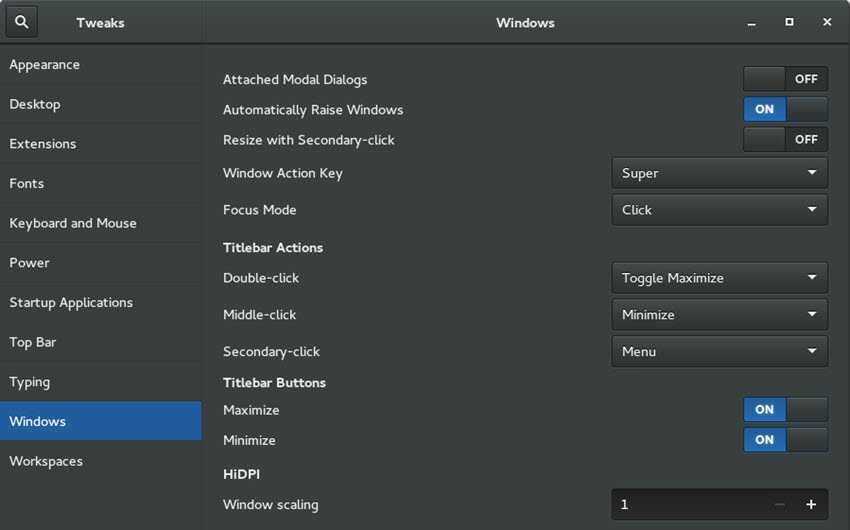HiDPI on Linux: High resolution displays with high pixel densities (pixels) look amazing compared to conventional screens. The big problem for PC users is that many of the software they use are not designed for this level of pixel density.
For example if usesτε το GNOME 3 στο Linux, η πρώτη σας επαφή με την οθόνη θα σας κάνει να ψάχνετε τα γυαλιά σας. (Τα Windows αντιμετωπίζουν παρόμοια problems with high DPI screens.)
Below we will see what we can do, but at first we need to understand the problem:
Have you ever wondered why the screen Retina Apple looks so intense? It's simple: because it has far more pixels per inch of screen than a standard screen. This is called a high pixel-per-inch (ppi) density or high pixel density. Pixels per inch are often used interchangeably with the dots per inch (dpi), although there is a difference between the two. Screens with a high ppi value are often referred to as HiPCI, (high density, high resolution or high density, high resolution, or in Apple's terminology, Retina).
In the past, if you wanted more pixels, you usually had to buy a larger screen because of screen technology limitations. As a result, many softwares are programmed for a relatively low pixel density. If now this software, used on a HiDPI screen, will open in a 1.024 pixel width window, as it always did.
Αυτό δημιουργεί προβλήματα στις οθόνες με πυκνότερα pixels. Ας πάρουμε για παράδειγμα μια οθόνη 15-ιντσών που έχει μια επιφάνεια 13,3 ιντσών. Σε αυτήν την οθόνη, το παράθυρο των 1.024-pixel θα εμφανίζεται σε πλάτος 6,18 της ίντσας με ανάλυση οθόνης 1920x1080 (165,63 ppi).
It should be noted that no Linux desktop environment offers real support (fractional scaling) for HiPI screens. In Gnome an attempt has been made by 3.26.
Gnome seems to do pretty good scaling. There are two settings. One setting is "Window scaling". Sets the size, but you can only use integers (1, 2, 3). If your screen has the correct resolution, all is well. However, if you have a WQHD monitor and use "2" for example everything will become huge. At a value of "1", windows, graphics, and icons are not changed.
Η άλλη ρύθμιση είναι ο "συντελεστής κλιμάκωσης" ή "Scaling factor". Λειτουργεί κυρίως για γραμματοσειρές, αλλά και για τις εφαρμογές Firefox, Thunderbird and others. Both of the above settings are in the gnome-tweak tool. The module works exactly the same way (also based on GTK3).
KDE is also very good for scaling. You will need to set the DPI to scaling the text and some other items.
MATE does not scaling, as does XFCE4.
The better DE is GNOME and Budgie-desktop for 4K scaling. KDE is very good if you have time to set it up.
Sources (read more)
- Archlinux Wiki on HIDPI
- GNOME Fractional (and multi-monitor) Scaling Hackfest, the report
- Almost perfect HIDPI experience on Linux (Xorg)





